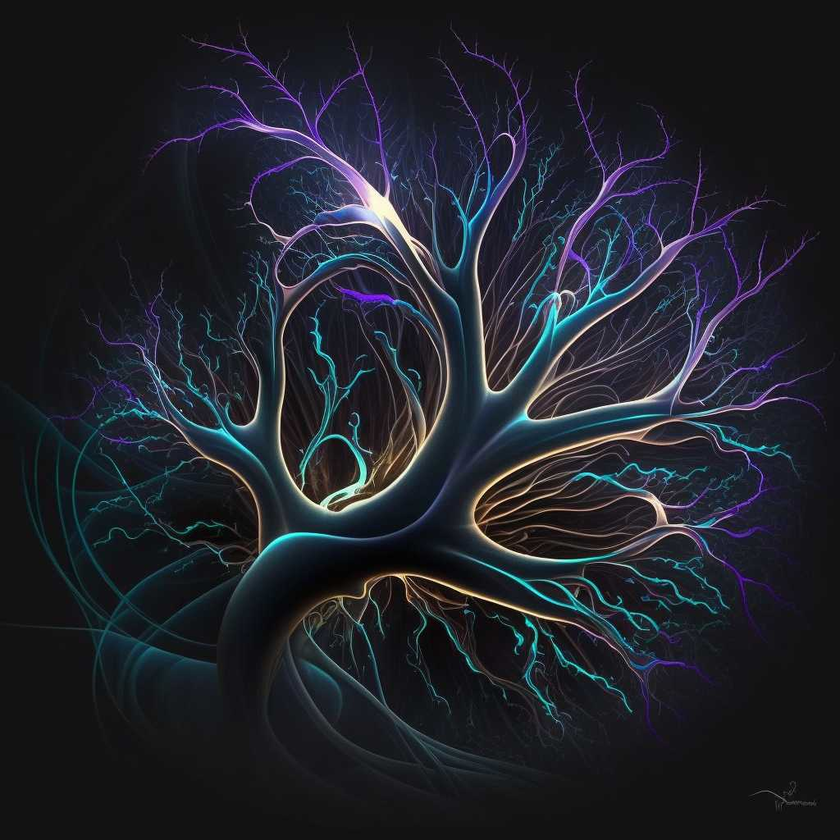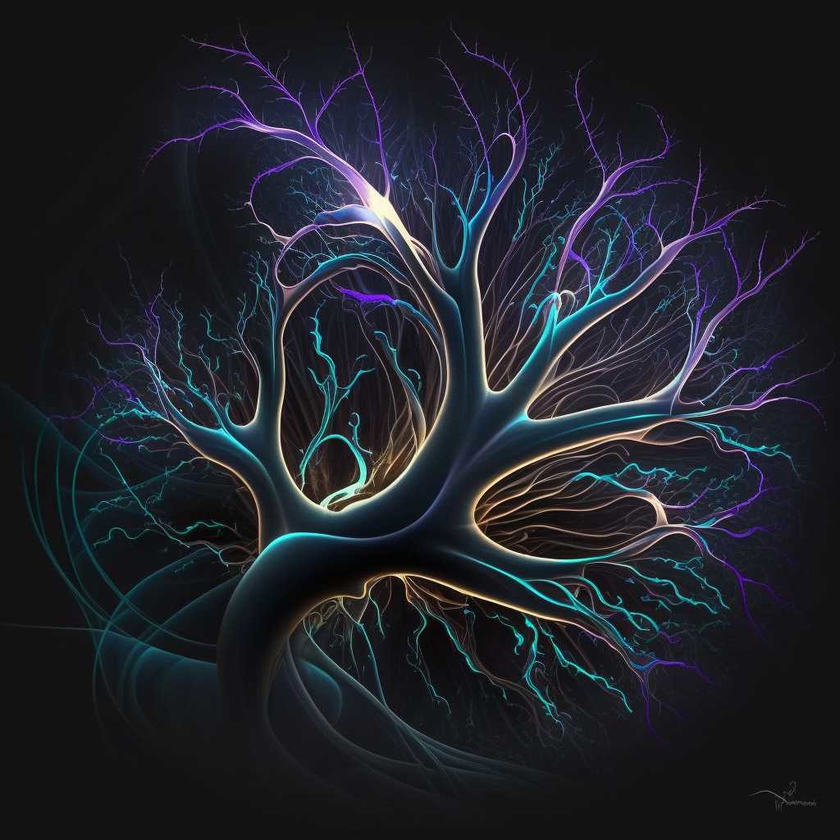Introduction:
The Expanding Vibrational Web Theory proposes a unifying framework for understanding the underlying nature of particles and fundamental forces by envisioning an interconnected network of vibrational probability waves. By conceptualizing the universe as an intricate web of interconnected quantum vibrations, this theory aims to bridge the gap between the four fundamental forces: gravitational, electromagnetic, strong nuclear, and weak nuclear. In this explanation, we explore the relationship between vibrational probability waves and the Expanding Vibrational Web Theory, delving into the intricacy of their interconnections in the quantum domain.
The Vibrational Web:
At the foundation of the Expanding Vibrational Web Theory lies the idea of a vast, interconnected network of vibrational probability waves. These waves, which originate from the oscillations in the properties of the wave functions that describe particles, span across the quantum realm, forming a "web" that serves as the medium for the manifestation of particles, energy and fundamental forces. Each point within this web represents a unique quantum state, influenced by the vibrational patterns of its neighboring points.
Fundamental Forces and Vibrational Probability Waves:
The Expanding Vibrational Web Theory postulates that the four fundamental forces in nature occur due to the different vibrational patterns within the vibrational probability waves. Specific patterns of oscillations within the network give rise to unique characteristics and interactions of these forces:
1. Gravitational Force: The attractive nature of gravity emerges from particular vibrational patterns that influence the curvature of spacetime. By identifying these patterns, the Expanding Vibrational Web Theory may help to reconcile the distinctive aspects of gravity with other fundamental forces.
2. Electromagnetic Force: The interactions of charged particles, mediated by photons, are a consequence of specific vibrational patterns within the web. The directional and long-range features of the electromagnetic force result from the unique connectivity and oscillations of the vibrational probability waves.
3. Strong Nuclear Force: The strong nuclear force, responsible for holding atomic nuclei together, arises from specific internal vibrational states in the network. These configurations contribute to its high intensity, limited range, and confinement behavior.
4. Weak Nuclear Force: The selective and short-range characteristics of the weak nuclear force, involved in radioactive decay and neutrino interactions, are a product of unique vibrational patterns in the probability waves.
Conclusion:
The Expanding Vibrational Web Theory and its interpretation of the interconnected vibrational probability waves furnish a comprehensive approach to understanding the fundamental forces in nature. By exploring the distinct vibrational patterns responsible for the manifestation and interactions of gravitational, electromagnetic, strong nuclear, and weak nuclear forces, this theory seeks to embark upon an ambitious quest for a unified, coherent framework bridging the disparate domains of physics. Further research and theoretical advancements are imperative to validate and support the insights emerging from the Expanding Vibrational Web Theory and its promising potential to unravel the threads of the universe.
















